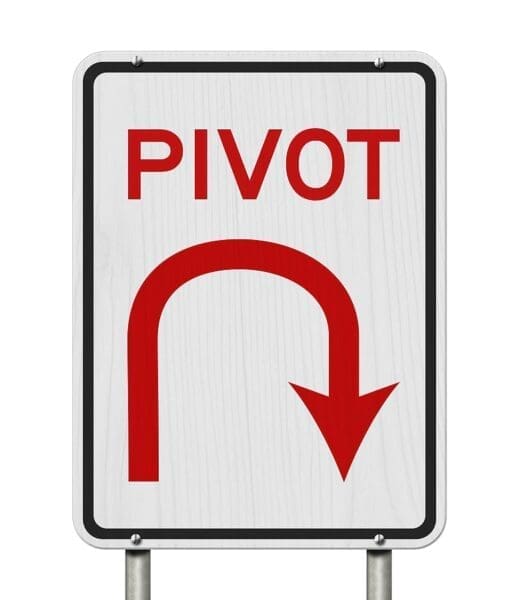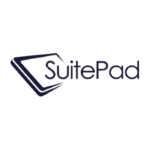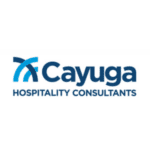Low occupancy is largely driven by seasonality with off-peak times being marked by fewer bookings and even lower forward bookings. An economic downturn, natural calamity or events like a pandemic make a hard situation worse. Not only does low occupancy result in lower revenue, but it also affects cash flow – sucking out much-needed liquidity for a hotel to pay for ongoing fixed costs.
Let’s look at some ways to keep your hotel thriving during these tougher periods.
-
Anticipating your demand

The first step to optimise for low occupancy periods is to understand when they happen – forecasting demand is critical to manage it. Traditionally looking back into your PMS, hotel channel manager, booking engine and website analytics for this information would have given you a good picture of low periods. However, a better picture can be drawn if you look outside into the real world for this data – competitor rates, airline prices and even economic forecasts are important to consider.
-
Adjust your marketing
A detailed marketing strategy for low occupancy is important – the more granular you get, the better. For instance, if your occupancy is low mid-week, target business guests, trade shows, conference attendees etc. Of course, your hotel’s amenities and services will need to be considered – do they meet the requirements of these specific traveller types?
If you are a winter destination, perhaps you can create some summer events to attract travellers. Or you can entice weekend travellers to stay an extra day with a sweeter mid-week deal?
-
Make your deals and packages more valuable

Price discounts are great, but if you package your deal with a generous sprinkling of some of your services and amenities, the deal is even sweeter. For instance, if you have a spa on-site, throw in a spa lunch as part of the package.
-
Target loyal customers

Another very important strategy for optimising your revenue involves increasing loyalty with your existing customers. Looking at the data already available on your property management systems, come up with a strategy to target specific loyal guests. Breaking them down into groups based on their needs or characteristics will help you to create segments which you can target with relevant marketing content and emails.
The needs and characteristics that you choose to target will depend on your hotel, as well as its location and the reason for low demand.
-
Lower your price, but only that much
Lowering your price will definitely help get newer customers through the door and is required during off-peak. However, don’t lower it too much as that could affect the value perception of your hotel, particularly for regular guests. Focus on the services offered at that lower price point, rather than lowering it further.
-
Optimise your distribution channels
You have time on your hand and the critical task of attracting guests. Use it wisely to carefully understand which distribution channels are working best for you. Spend time to optimise your listing on OTAs. Upload amazing photos and tweak the content to make even off-season visits to your property attractive. Your channel manager insights are a great guide to understanding which channel is generating demand.
-
Think location, not the property
Sometimes a shift in focus can be the key to improving your hotel’s occupancy. Think beyond your individual property to the wider location, and you may come up with some great ideas for growth. Working with local operators or even the local tourism board could be helpful with co-branded experiences created that benefits everyone.
-
Focus on online reputation

Your online reputation is important throughout the year, but more so during periods of low demand when an online review could get you a much-needed booking, particularly a direct booking.
Much of your online reputation is out of your control, but there are a few things you can do to engage with guests online and ensure that they see you in a positive light. For starters, respond to all negative feedback online in a timely manner, offering constructive steps forward and personalised communication with guests. Use social media to post the positive comments left by guests, post them on your website and add them to your listings on OTAs.
To conclude
Optimising revenue during low occupancy doesn’t have to be difficult. With the right help and some of the tips above, your hotel can thrive during low season and during periods of low occupancy.
































